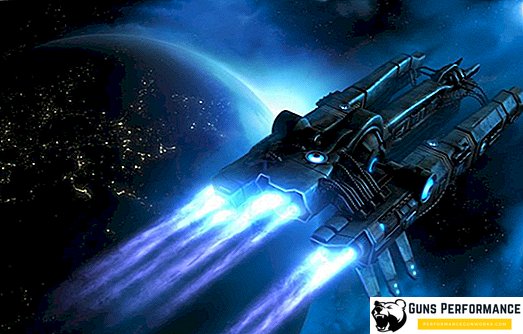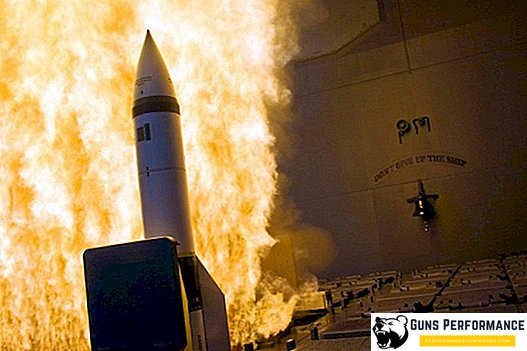This is explicitly stated in the Federal Space Program for 2018-2025, in which funds for these purposes are planned. The first demonstration version of such a device should be created and prepared for testing by 2025. Experts believe that without such installations on board spacecraft it is impossible to send expeditions to deep space.

In many ways, they are really right: on a device that does not have a reliable and powerful source of energy on board, a large-scale interplanetary expedition is simply impossible. For most space probes and orbiters, it is enough to have ordinary solar panels. Interplanetary spacecraft, which are systems of a completely different order, need much more energy.
The project is a new NPP. It was spoken of back in 2010, when a commission under the president dealing with the modernization and technological development of the economy approved a project to create a transport and energy module equipped with a megawatt class nuclear power unit. Then, about 17 billion rubles were allocated for it from the federal budget.
The process, which began at that time, went according to plan. At the moment, the designers have confidence that the work on the first installation model will be completed as scheduled. The project has already completed two very important stages.

First, the construction of a unique design of a fuel element has been carried out, which will remain operable in extremely harsh conditions of high temperatures and high-dose irradiation.
Secondly, technological tests of the reactor vessel, similar to the one that will be installed on the future space unit, have been successfully carried out.
During the tests, the reactor vessel was subjected to an overpressure, during which volumetric measurements were made at the points of the circumferential weld, the conical junction and the base metal. Representatives of the project management have announced such work.
What is a NUCLEAR for? The unit is designed to generate electricity, which serves to start and power the electric propulsion - electric rocket engine. In addition, the generated energy will provide power to the flight control ion engines and spacecraft onboard systems. The structure of a nuclear power plant consists of three main devices: a reactor installation consisting of a working medium and auxiliary systems, an electric propulsion system, and a refrigerator-emitter.

Similar projects have already been worked out by scientists of the Soviet Union and the United States. However, the catastrophe at the Chernobyl nuclear power plant put an end to further work, because in fact the nuclear power plant is a compact gas-cooled reactor operating on fast neutrons. Beginning in 1988, at the joint request of Soviet and American scientists, development was suspended. But, apparently, the advantages of a nuclear power plant, and this is the possibility of 10 years of operation, a long period of one-off work and a large interval between repairs, exceeded the negative sides of possible risks. Therefore, the topic of the nuclear power unit was again in demand.












